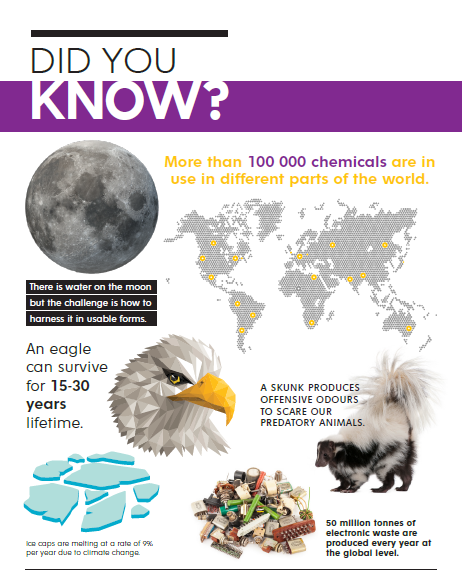Every developmental project entails the exploitation of the environment, be it the natural or artificial built environment. Construction encompasses the extraction and use of resources and this could have significant or non-significant impacts on all aspects of the environment either during project implementation or after decommissioning.
It is therefore imperative that an assessment of the project be done prior to development to measure the severity of the possible impacts of the project on the environment. This allows for proper planning, making informed decisions as well as coming up with mitigation measures to prevent the occurrence of possible devastating effects related to the project. As they say, forewarned is forearmed. This is mostly done through conducting Environmental and Social Impact Assessments. This concept follows a precautionary approach under the principles of environmental management.
An Environmental and Social Impact Assessments (ESIA) is a tool used to comprehensively analyse the project and its possible effects, be they positive and negative on the environment. It gives a description of the mitigation actions that can be carried out in order to avoid or minimize the possible identified effects.
There are a number of factors to consider when conceptualizing a project. The nature of the project, its size or scale, geographical location, geographical features in the area are some of the first factors to consider to assess whether the project is well-sited. The environmental and social impact assessment therefore allows for an in-depth analysis of the project before it has begun. It involves a deeper assessment of the project owner or developer, project nature and details of implementation and operation; a critical assessment of the environment in which the project is to be established; identifying and analyzing all applicable regulations, standards, policies and conventions that apply to the project; stakeholder identification, engagement and analysis; possible project impacts identification and analysis and the drafting of environmental management plans.
Through this process a decision can be made whether the project is well positioned, whether it will not pose severe impacts on the environment, whether it will be beneficial to both the proponent, community and investors. Environmental and Social Impacts Assessments play a key role in aiding the sustainability of the project.
The main output of Environmental and Social Impacts Assessments are environmental management plans and these are recommended for implementation by the proponent during project development and running of the entire project. Environmental Management Plans provide ways to manage possible identified impacts and thus prevent any possible occurrence of environmental incidents.
Key management plans mostly address the specific identified impacts, occupational risks and possible emergencies. Furthermore, what is also key to an ESIA is a decommissioning plan especially for high severity projects such as mining projects.
There are a number of environmentally sensitive issues that arise during the conducting of an ESIA that prove the necessity of conducting such as process. Development within wetlands is prohibited, especially in countries being affected by desertification and facing a lot of dry spell related challenges.
When conducting an ESIA it is therefore important to note where the project is located considering the hydrology of that area. Park lands should be protected as wildlife should be conserved and should still have enough room for survival. Other key issues include the co-existence of farming and mining, displacement of settlements and pollution of water sources of possible communities that could be located downstream of a project. To do away with bias, ESIAs are done by independent consultants and these are reviewed by the environmental regulatory authority in a particular country. In Zimbabwe that will be the Environmental Management Agency (EMA).
ESIA present a foresight and contribute to project development by minimizing the negative impacts that could affect the progression of the project. It also acts as a cost saving measure through ensuring reduction of fines from non-compliance, reduction of costs from environmental incidents management and compensation, reduction of costs from occupational safety and health incident management, compensation and pollution recovery measures.
ESIAs contribute immensely to climate change management, waste management, corporate social responsibility, stakeholder management, environmental and social governance. They play a very big role in business sustainability. When adhered to in all aspects, a project or a business is guaranteed of high standard maintenance at international level.
ESIAs over the years have proven to be viable tools in project development and sustainability and they continue to be relevant as they are gaining ground internationally.



